Tahir Enes Gedik
@tegedik.bsky.social
Sociologist interested in quantitative analysis and statistical methods in the social sciences. https://tegedik.github.io
@tegedik.bsky.social
Sociologist interested in quantitative analysis and statistical methods in the social sciences. https://tegedik.github.io

A meme with two panels. In panel 1 the woman looks disgusted. In panel 2 intrigued. Text, panel 1: fake data. Text, panel 2: silicon sample
01.10.2025 12:06 — 👍 22 🔁 8 💬 0 📌 0Preprint and the website by @dingdingpeng.the100.ci and @vincentab.bsky.social are great, and I got inspired to illustrate Bayesian workflow for model checking and comparison *before* model interpretation following their friendship importance example users.aalto.fi/~ave/casestu...
27.08.2025 10:10 — 👍 90 🔁 20 💬 2 📌 0The Book of Statistical Proofs @statproofbook.bsky.social
#stats
statproofbook.github.io

Models as Prediction Machines: How to Convert Confusing Coefficients into Clear Quantities Abstract Psychological researchers usually make sense of regression models by interpreting coefficient estimates directly. This works well enough for simple linear models, but is more challenging for more complex models with, for example, categorical variables, interactions, non-linearities, and hierarchical structures. Here, we introduce an alternative approach to making sense of statistical models. The central idea is to abstract away from the mechanics of estimation, and to treat models as “counterfactual prediction machines,” which are subsequently queried to estimate quantities and conduct tests that matter substantively. This workflow is model-agnostic; it can be applied in a consistent fashion to draw causal or descriptive inference from a wide range of models. We illustrate how to implement this workflow with the marginaleffects package, which supports over 100 different classes of models in R and Python, and present two worked examples. These examples show how the workflow can be applied across designs (e.g., observational study, randomized experiment) to answer different research questions (e.g., associations, causal effects, effect heterogeneity) while facing various challenges (e.g., controlling for confounders in a flexible manner, modelling ordinal outcomes, and interpreting non-linear models).

Figure illustrating model predictions. On the X-axis the predictor, annual gross income in Euro. On the Y-axis the outcome, predicted life satisfaction. A solid line marks the curve of predictions on which individual data points are marked as model-implied outcomes at incomes of interest. Comparing two such predictions gives us a comparison. We can also fit a tangent to the line of predictions, which illustrates the slope at any given point of the curve.

A figure illustrating various ways to include age as a predictor in a model. On the x-axis age (predictor), on the y-axis the outcome (model-implied importance of friends, including confidence intervals). Illustrated are 1. age as a categorical predictor, resultings in the predictions bouncing around a lot with wide confidence intervals 2. age as a linear predictor, which forces a straight line through the data points that has a very tight confidence band and 3. age splines, which lies somewhere in between as it smoothly follows the data but has more uncertainty than the straight line.
Ever stared at a table of regression coefficients & wondered what you're doing with your life?
Very excited to share this gentle introduction to another way of making sense of statistical models (w @vincentab.bsky.social)
Preprint: doi.org/10.31234/osf...
Website: j-rohrer.github.io/marginal-psy...
Ah, the author is "that" guy.
26.08.2025 15:27 — 👍 1 🔁 0 💬 0 📌 0
possibly one of the most exciting theory papers in recent times, and just perfect that it's out there in the best sociology journal (imho).
from @acastroaraujo.bsky.social & @nicolasrestrepo.bsky.social:
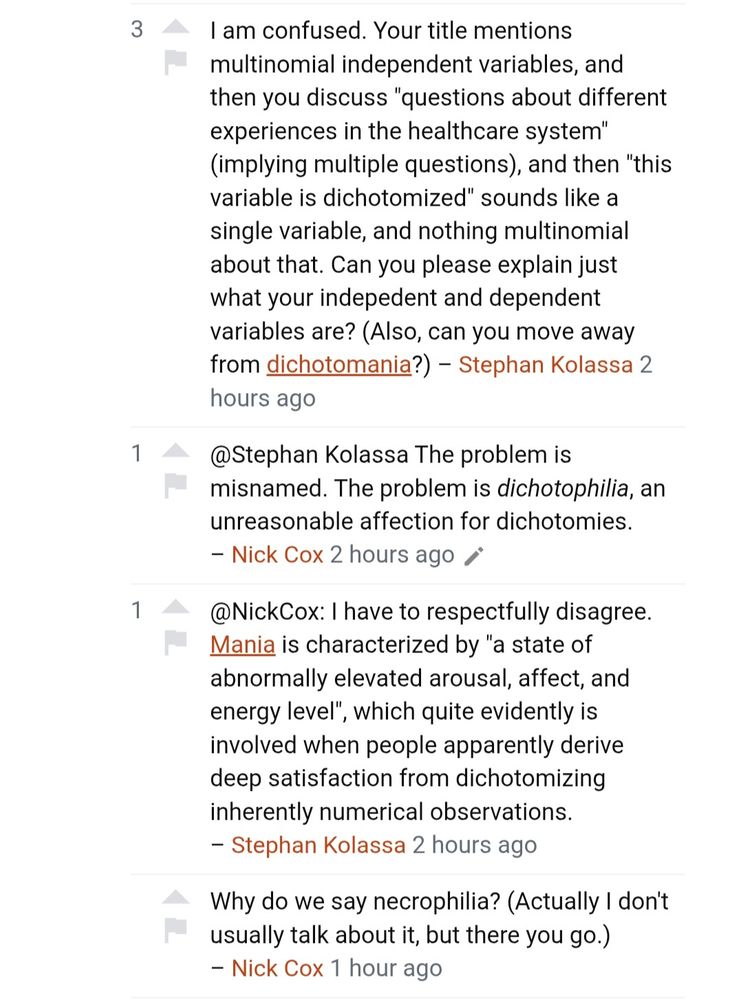
I am confused. Your title mentions multinomial independent variables, and then you discuss "questions about different experiences in the healthcare system" (implying multiple questions), and then "this variable is dichotomized" sounds like a single variable, and nothing multinomial about that. Can you please explain just what your indepedent and dependent variables are? (Also, can you move away from dichotomania?) – Stephan Kolassa Commented2 hours ago @Stephan Kolassa The problem is misnamed. The problem is dichotophilia, an unreasonable affection for dichotomies. – Nick Cox Commented2 hours ago @NickCox: I have to respectfully disagree. Mania is characterized by "a state of abnormally elevated arousal, affect, and energy level", which quite evidently is involved when people apparently derive deep satisfaction from dichotomizing inherently numerical observations. – Stephan Kolassa Commented2 hours ago Why do we say necrophilia? (Actually I don't usually talk about it, but there you go.) – Nick Cox Commented1 hour ago https://stats.stackexchange.com/questions/668701/what-is-the-right-way-to-handle-multinomial-independent-variables-in-logistic-re
One more reason to be on CV.
18.07.2025 11:54 — 👍 0 🔁 0 💬 1 📌 0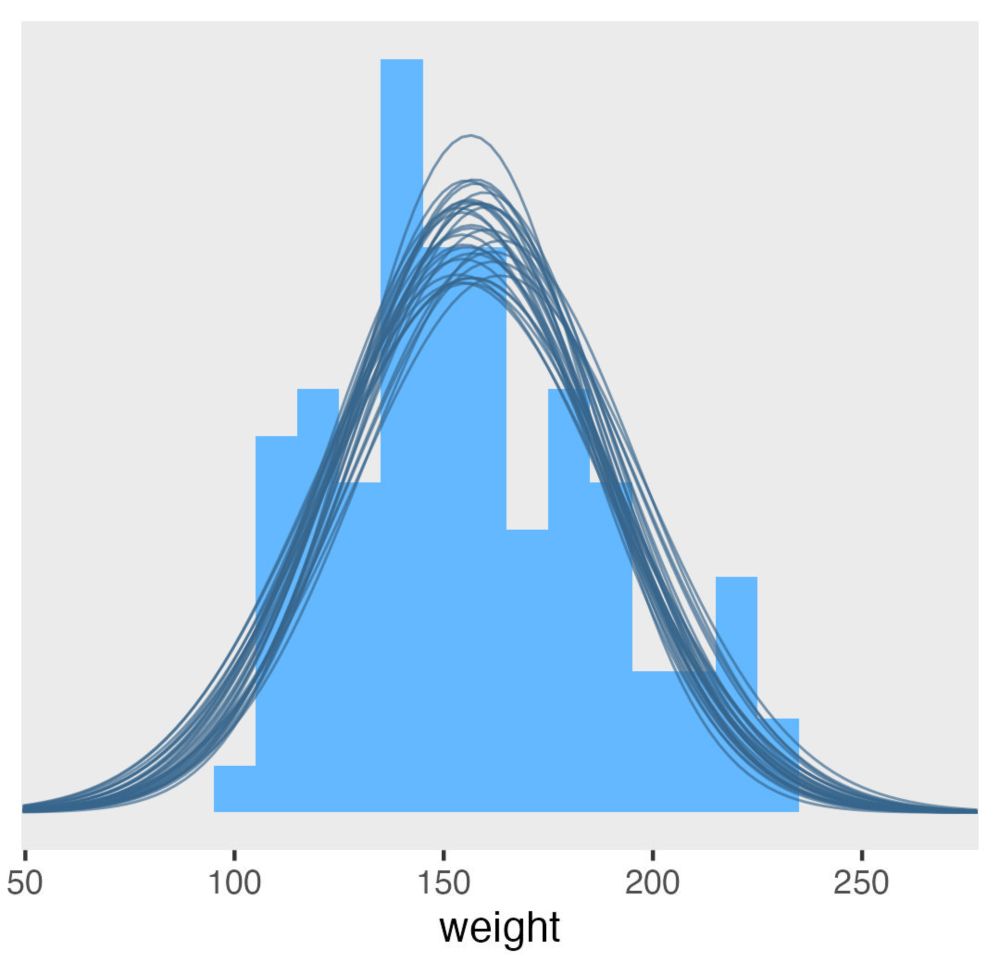
New #rstats blog up!
solomonkurz.netlify.app/blog/2025-07...
This is the first in a brief series where we use {brms} to learn {Stan} code.
Many thanks to @fusaroli.bsky.social and @stephenjwild.bsky.social for their helpful reviews.
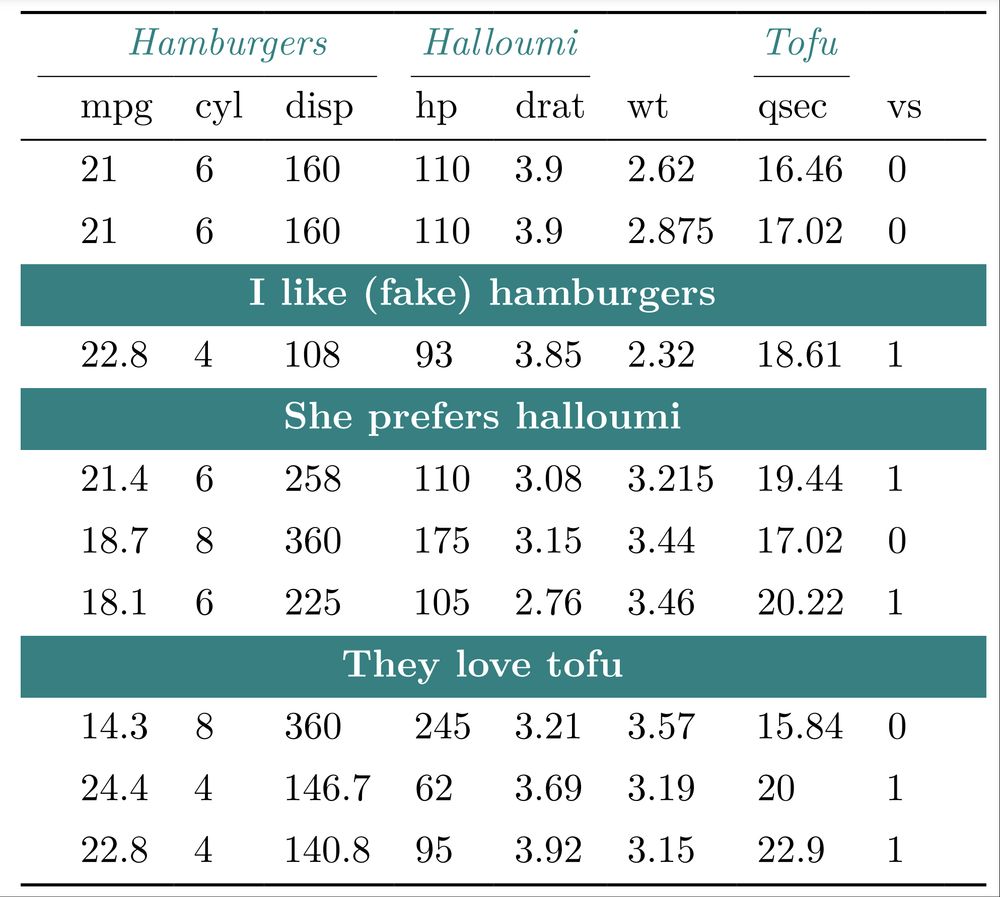
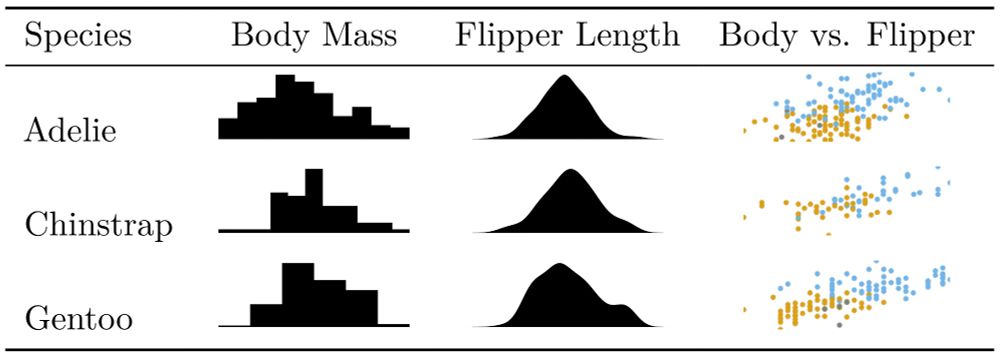
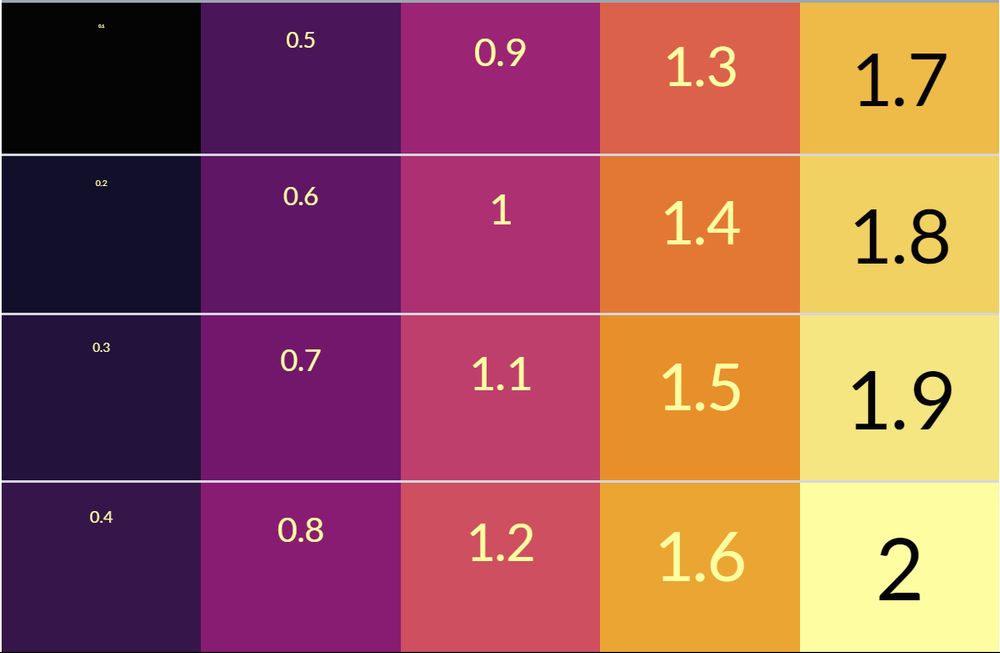
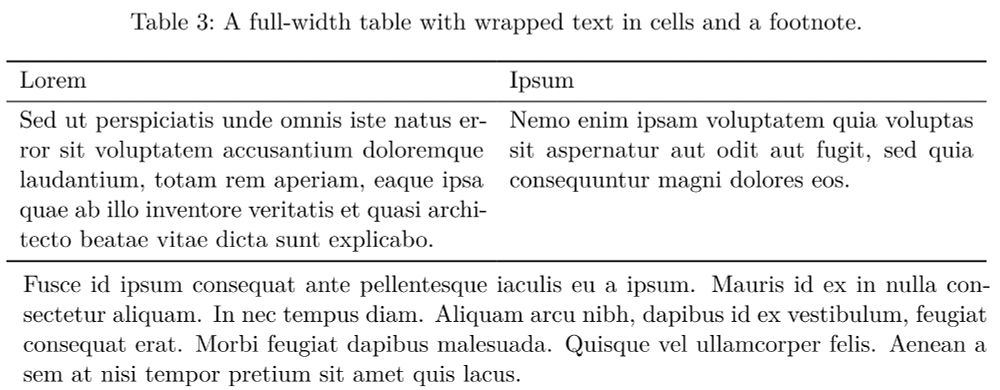
{tinytable} is a dead simple, ultra-flexible, and dependency-free #Rstats 📦 to turn data frames into beautiful tables: html, word, pdf, latex, typst, markdown, etc.
v0.10.0 has cool new features and important bug fixes. Check out the detailed tutorials at:
vincentarelbundock.github.io/tinytable/
TBH, I don't think we are "few"
acastroaraujo.github.io/blog/posts/2...
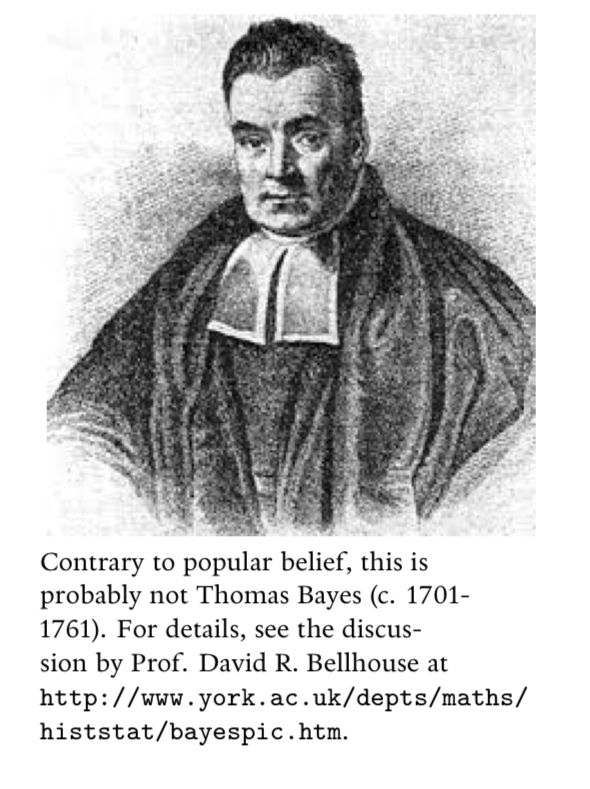
Oh, no: www.york.ac.uk/depts/maths/...
13.06.2025 22:29 — 👍 0 🔁 0 💬 0 📌 0Every time I write "the literature is mixed" what I mean is "I don't want to talk about it"
12.06.2025 08:27 — 👍 35 🔁 6 💬 1 📌 0
I don't know, but my guess is this: successful theories in the life sciences (e.g., Darwinian evolution, learning theory, economics, Downs' 1957 theory of party competition) center on attempts by an actor to maximize some single something (gene survival, rewards, utility, votes). But groups, other than commodity traders and political parties, either maximize many things or just sit there and don't maximize anything. And if we downshift from groups to individuals, it is unlikely we can beat psychology or economics at the individual actor basic theory game.
This also reminds me of Davis' argument (I know you know):
10.06.2025 17:13 — 👍 0 🔁 0 💬 0 📌 0If I let people around me to decide on this shared theory, I have to use terms like habitus, field, and capital culturel only. I understand the allure of something like utility model, but I don't think something similar would work for sociology, at least not now.
10.06.2025 17:13 — 👍 0 🔁 0 💬 1 📌 0I agree with your main argument and critique of so-called heterodox people (e.g., procedural prescriptions, nothing of substance). I am not sure about “the boring reasons”, especially the first one.
10.06.2025 17:13 — 👍 0 🔁 0 💬 1 📌 0
New Substack post
It's very personal: my story of a 20-year academic career, and the many challenges of theoretical and cross-disciplinary work
As I put it in the subtitle: There is a lot of success and a lot of pain here, and no happy ending
thomscottphillips.substack.com/p/happy-in-t...
That tattoo will also capture my experience with the causal inference literature in general.
11.05.2025 14:59 — 👍 2 🔁 0 💬 0 📌 0This is discouraging (in a good way). I guess things will get very complicated very quickly.
11.05.2025 13:17 — 👍 2 🔁 0 💬 1 📌 0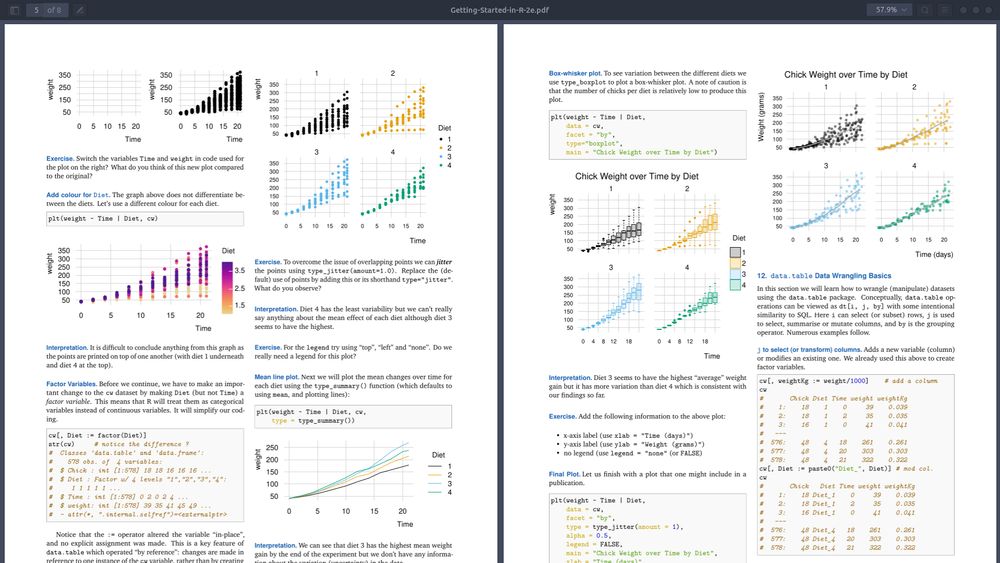
Screenshot of the top parts of pages 5 and 6 of 'Getting Started in R - Tinyverse Edition' at https://github.com/eddelbuettel/gsir-te/
The "Getting Started in R - Tinyverse Edition" eight-page pdf guide now has a 2nd edition using, appropriately, `tinyplot` as the plotting package.
See github.com/eddelbuettel... for more.
#rstats

Not aging well (btw authors did not claim that).
12.03.2025 21:35 — 👍 0 🔁 0 💬 0 📌 0I think this part is quite helpful if you want to figure out why you would like to use variables argument with avg_predictions: marginaleffects.com/chapters/com...
04.03.2025 15:50 — 👍 1 🔁 1 💬 0 📌 0Hey I know this, it’s my life (minus decent career) but
04.03.2025 13:50 — 👍 0 🔁 0 💬 0 📌 0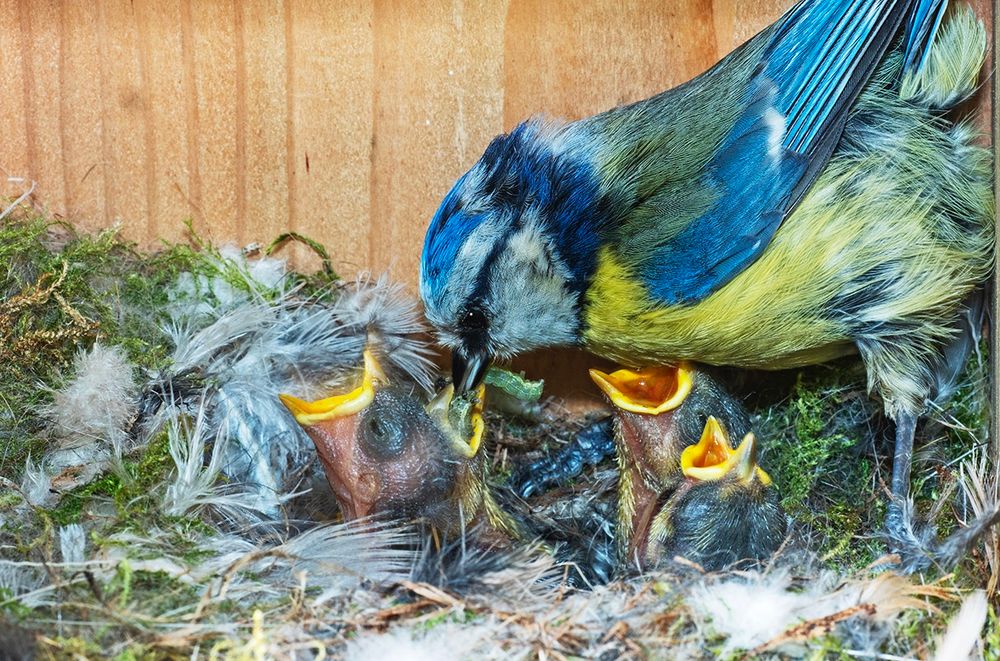
I spoke with @cathleenogrady.bsky.social for this story on the many analysts paper in ecology. To me the concerning thing is the interpretation, not the (expected) finding.
www.science.org/content/arti...

nautil.us/why-science-...
15.02.2025 19:55 — 👍 1 🔁 0 💬 0 📌 0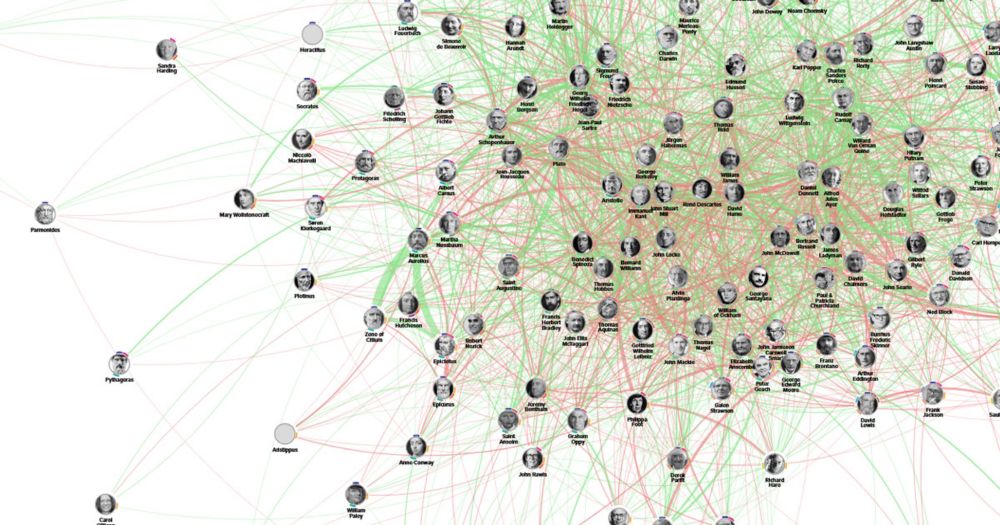
FRESH WORK
After 10 years of work on the sentence-based version of my History of Philosophy, I created an auxiliary interactive visualization, a force-directed graph with philosophers as nodes.
Link:
denizcemonduygu.com/philo/philos...
Detailed post:
www.denizcemonduygu.com/philo/new-fo...
There are many difficulties in studying multicausal events, but the one that interests me is the problem that these causes operate on different time scales. Are there any good resources on this topic?
29.01.2025 11:19 — 👍 0 🔁 0 💬 0 📌 0